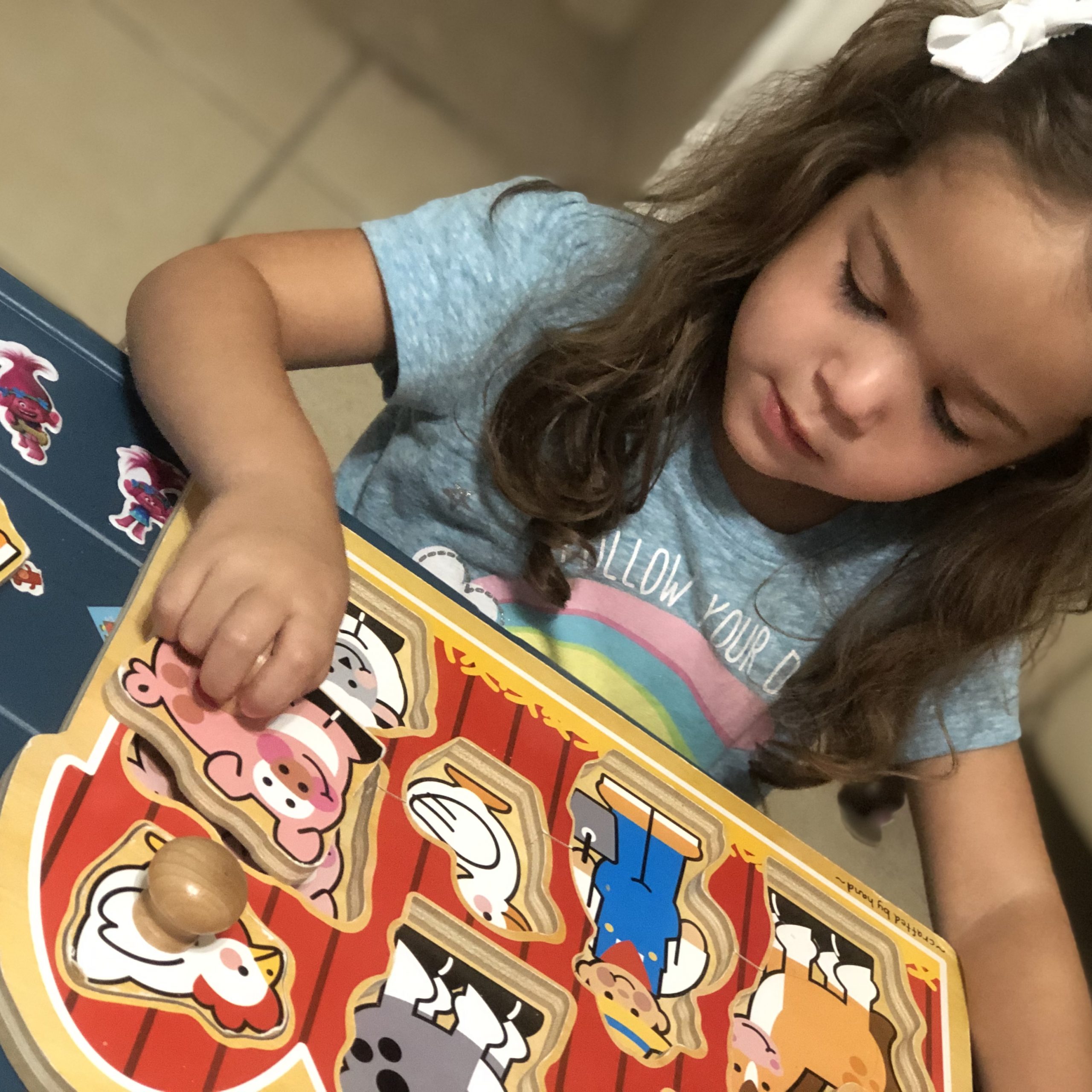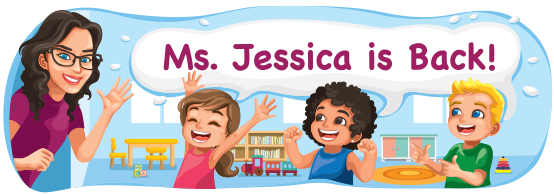Puzzles for Every Age

Puzzles aren’t just a ton of fun, they’re a great way for your child to develop fine motor and visual-spatial skills. But before you get all excited and run out to buy some, please stop to consider a few things: 1) What kind of puzzle is developmentally appropriate for my child? 2) How am I going to use this WITH my child?
To simplify your life, I’ve broken down a few kinds of puzzles (with pictures to boot) that have grown with my daughter. The ones she played with before she was a year old are still puzzles she plays with 2-3 years later. Even though she likes the challenge of more advanced puzzles at this stage, she still needs a lot of help and enjoys the sense of accomplishment in being able to do something familiar all by herself.
Pictured you will find:
• 𝑷𝒖𝒛𝒛𝒍𝒆𝒔 𝒘𝒊𝒕𝒉 𝒃𝒊𝒈 𝒌𝒏𝒐𝒃𝒔 – It’s ok if you introduce this at 6+ months old and all they want to do is chew on the pieces. Exposure and experience are everything!

• 𝑪𝒉𝒖𝒏𝒌𝒚 𝒑𝒖𝒛𝒛𝒍𝒆𝒔 𝒘𝒊𝒕𝒉𝒐𝒖𝒕 𝒌𝒏𝒐𝒃𝒔 – They’re slightly more challenging. This is a great time to introduce language by naming the objects on the puzzles, pointing out colors, and making the sounds of the objects pictured (i.e., “the cow says ‘moo”” or “vroom, vroom!”). You may also want to try out phrases like, “turn it,” “try again,” “almost” and “you did it!” Language should be fluid instead of purely question based. It’s OK to ask questions like “what is this?” or “where does this go?”, so long as that’s not the only language exchange that’s happening.

• 𝑱𝒊𝒈𝒔𝒂𝒘 𝒑𝒖𝒛𝒛𝒍𝒆𝒔 – These are the common ones you likely remember from childhood. They usually have more pieces that fit together to make a big picture and a lot of critical thinking skills can be gained from these. Turn-taking and cooperation opportunities abound, so don’t miss out on these!

And although not pictured, magnetic puzzles, sound puzzles, and cube puzzles are also a lot of fun. It’s a big world out there with a lot of options, but hopefully this gives you a head start.
Related
About The Author
Related Posts
FINE MOTOR MATH
I wanted a break from arctic crafts and really didn’t feel like I was…
Related
YOU KNOW YOU’RE A TEACHER WHEN…
Your child takes one look at the materials available to her, and decides to create…
Related
Error: API requests are being delayed for this account. New posts will not be retrieved.
There may be an issue with the Instagram access token that you are using. Your server might also be unable to connect to Instagram at this time.


